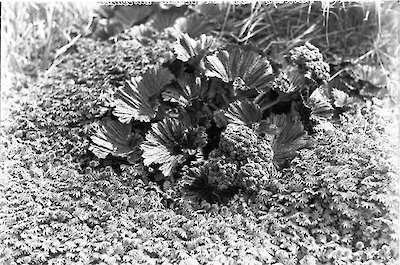Tightening the belt
Ainsworth further reduced their rations, knowing that it would still be many weeks before Joseph Hatch’s ship Rachel Cohen, servicing the sealing crew on the island, replenished their stores. Like many sealers and shipwrecked sailors before them, they were forced to supplement their rations by hunting rabbits and wekas (the tame Maori hen which had been introduced about 25 years earlier), catching fish, collecting eggs and eating the flesh of elephant seals.
Mawson acknowledged later that the Macquarie party had it tough. He wrote later that ‘the Sea-elephants and the native bird life were a never-ending source of meat … [but their flesh was] often not agreeable to the civilised palate.’ By contrast, he said, ‘a source of really palatable meat lay in the rabbits and Wekas (Maori) hens which had been introduced to the Island by sealers before the year 1880 and were at this time available in considerable numbers.’
The men knew they needed vegetables to stave off digestive disorders and scurvy. They ate the stems of Stilbocarpa polaris (‘wild cabbage’) which Ainsworth noted as ‘edible, though somewhat stringy and insipid.’
Holding out for the arrival of Rachel Cohen, scheduled for mid-May, on 10 April Ainsworth reduced the sugar allowance to half a pound a week, and the men organized weekly weka-hunting parties. A dozen birds provided enough meat for three dinners. Breakfast, Ainsworth noted, ‘consisted generally of fish, which we caught, or sea elephant in some form, whilst we had tinned fish for lunch.’
By late April the men still had enough of their original stores left for some semblance of civilised life. ‘When the honey is done we will have to sweeten our tea with jam,’ Sawyer wrote in his diary. The sealers’ presence gave them some option for variety: Ainsworth recorded that ‘we still had a good supply of tapioca, but neither rice nor sago, and as the sealers had some of the latter two, but none of the former, we made an exchange to the extent of 12 pounds of tapioca for eight pounds of rice and some sago.’

